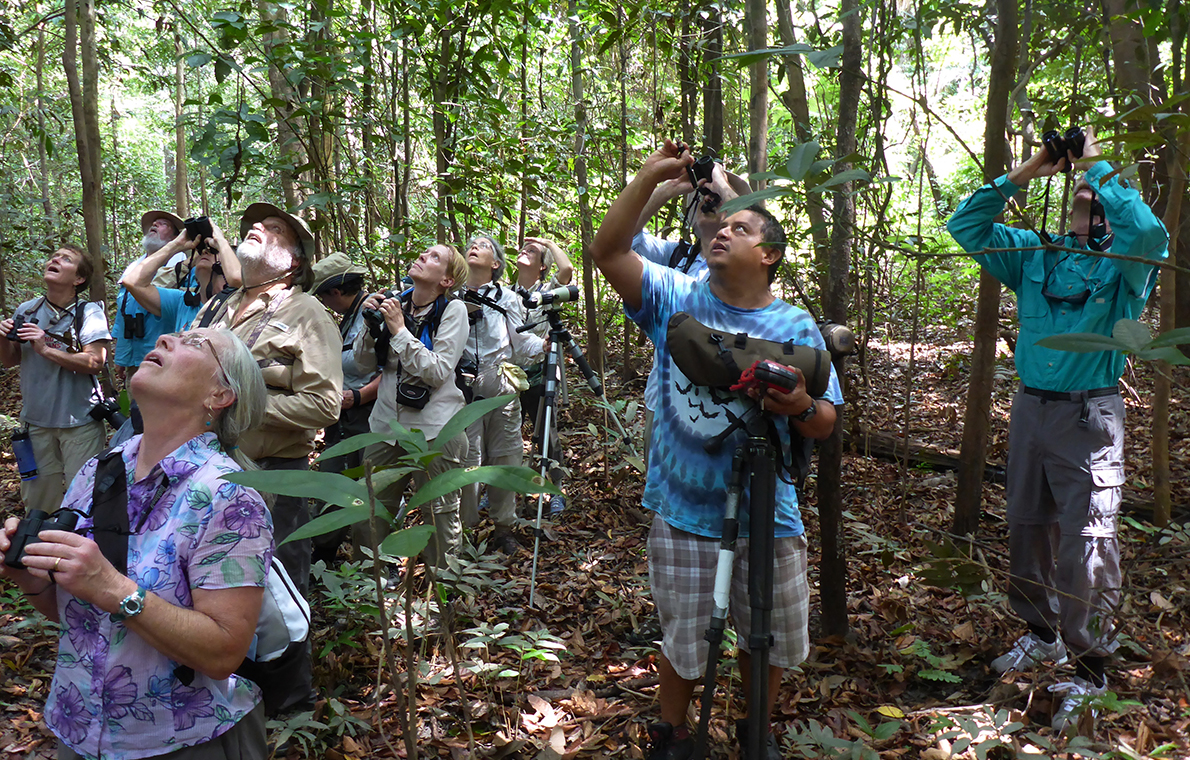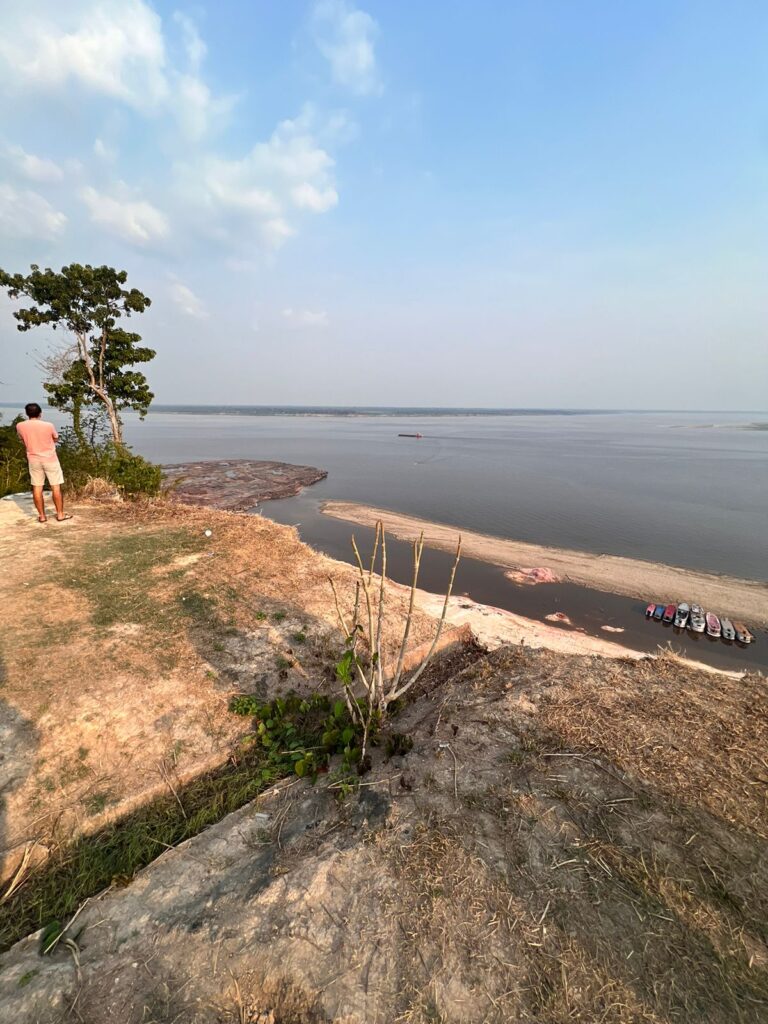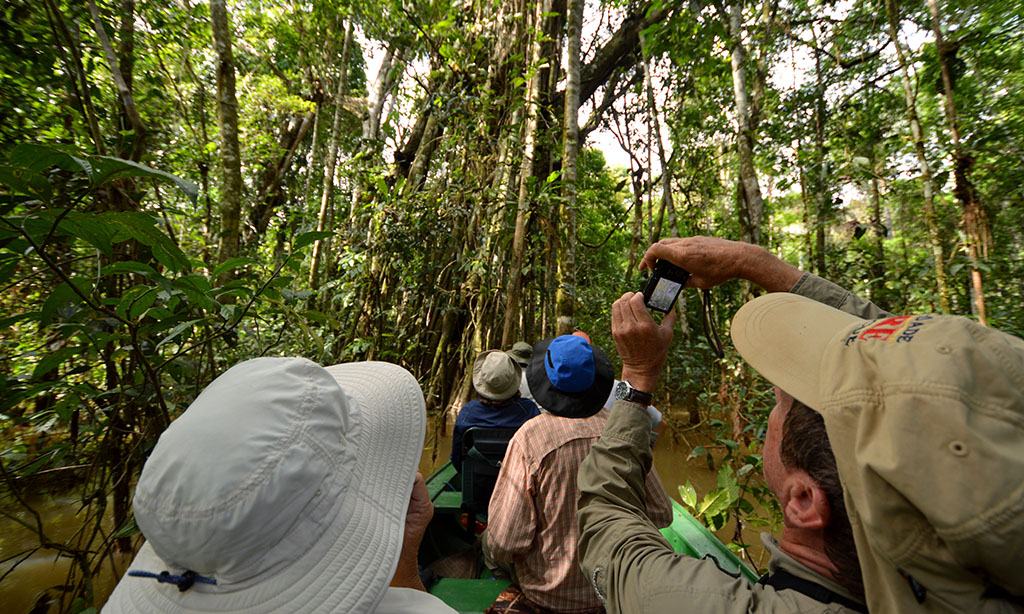The Historic Amazon Drought and Ecotourism: A Needed Dialogue
We need to be the voices of the Amazon's plight in the dry season of 2023.
We need to be the voices of the Amazon's plight in the dry season of 2023. The Amazon rainforest, one of the world's natural wonders, faces a stark challenge: a historic drought that threatens the region's rich biodiversity and sustainability. In this post, we aim to inform about the impactful drought that is ravaging the Amazon and the importance of ecotourism as part of the needed dialogue about preserving this ecosystem.
Amazon - The Water Cycle, the Seasons, and Challenges in 2023
The Amazon is part of the imagination of many. Known from geography books to cinema and TV screens with so many films and documentaries presenting the great forest, the lungs of the world, the greatest biodiversity in the world. While it is now easier than ever to visit this world-renowned mystery, it is still essential to travel to the Amazon with someone who truly knows it, in order to venture along the true paths of the forest and experience its essence.
Amazon Rainforest is a unique place, teeming with characteristics, peculiarities, and specificities that make it one of the most biodiverse regions on the planet. To unravel its secrets and make the most of all it has to offer, it is essential to have the guidance of an expert who can take you to the best places at the right time.

During the Flood Season, rivers overflow, flooding vast areas, creating a scene of full and flooded rivers.
When we think of the seasons of the year, we immediately think of four: spring, summer, fall, and winter, each with its own distinct physical and climatic characteristics. However, when we explore the Amazon, we realize that the seasons present themselves uniquely in the region. There, we do not find four, but rather two seasons: Flood and Dry Season. These seasons are intrinsically linked to the cycle of rising and falling rivers, bringing with them periods of rain and drought.

During the Flood Season, rivers overflow, flooding vast areas, and creating a scene of full and flooded rivers. Life in the Amazon flourishes with an incredible diversity of animals jumping from branch to branch and navigating the rivers. It is a time of exuberance and renewal. However, for the Flood Season to happen, it is necessary for rain to fill the rivers, making the landscape even more spectacular.
On the other hand, the Dry Season is a challenging period. When rains are scarce, river levels decrease, exposing sand and forming beaches that delight visitors. But the lack of rain has serious consequences, including difficulties for small farmers to grow their food and environmental degradation. This year, even air quality became unfit to breathe.

Unfortunately, in 2023, the Amazon is facing the worst drought in over a century, caused by a combination of climate phenomena, such as El Niño and the warming of waters in the North Atlantic. River levels have dropped drastically, making the situation even more worrying. This drought affects not only the aquatic environment but also terrestrial life, putting the region’s rich biodiversity at risk.
It is important to notice that, the rainy season (the flood season) and the dry season (ebb) vary slightly depending on the specific location within the Amazon, but, in general, the months of dry and flood can be summarized as described below:
Flood Season (Rainy Season)
The flood season occurs during the rainy season, which is typically from December to May in most of the Amazon. The wettest months, when rivers and streams often flood nearby areas, are generally from January to March. During this season, the region experiences frequent and intense rainfall, and many areas become flooded.


Dry Season (Ebb Season)
The dry season occurs during the ebb season, which typically goes from June to November in most of the Amazon. The driest months, when rivers recede and flooded areas decrease, are generally from July to October. During the dry season, the region experiences less rainfall and lower water levels in rivers and tributaries.

Amazonia Bliss Expedition
1‑ Jacaréubal
2‑ Ariaú River
3‑ Uruá Lake
4‑ Santo Antônio
5- Aturiá River
6‑ Madadá Coast
7‑ Camaleão Island
8‑ Tatu Narrows
9‑ Meeting of the Waters
The Amazon is an invaluable natural treasure that needs to be protected. Its unique seasons and challenges in 2023 remind us of the fragility of nature and our responsibility to preserve it. It is a call to global action and to the maintenance of climate mitigation agendas, aimed at ensuring a sustainable future for the Amazon and for our planet.
Ecotourism in the Amazon: A Respectful and Conscientious View
In the midst of this crisis, ecotourism plays an important role in the dialogue on the preservation of the Amazon. As witnesses to all these challenges, we had to take a break from the previously scheduled river itineraries for the months of October and November.
At Amazônia Expeditions, our leaders, who are also guides and explorers with over 40 years of experience in the region, have created exclusive itineraries that allow visitors to experience the Amazon in its current reality, both during the Flood and the Dry Season.
An experienced guide knows how to navigate the rivers and streams of the Amazon, even during the dry season when water levels are lower. They also know the trails that lead to the most impressive tourist destinations, such as waterfalls, caves, and flooded forests. Additionally, a good guide can teach you about the local flora and fauna, sharing valuable knowledge about the culture and history of the Amazon.

Travelling to the Amazon with someone who truly knows it is a unique opportunity to connect with nature and experience the magic of the forest in an authentic way. It is a chance to learn about the importance of preserving this vital ecosystem for the planet and create unforgettable memories.
Our Amazônia Bliss Expedition itinerary offers travellers the opportunity to experience river beaches, waterfalls, and all the magnificent Amazonian biodiversity over 5 days and 4 nights. It is not about sensationalism, but rather a respectful approach that aims to share the beauty and importance of this unique ecosystem, while emphasizing the urgency of its preservation.






